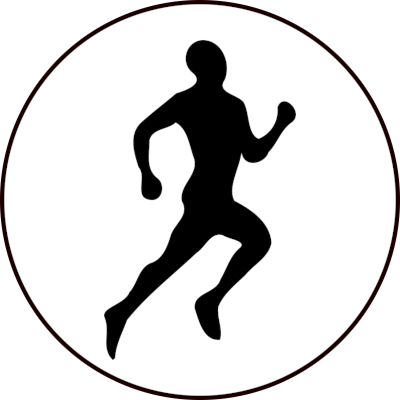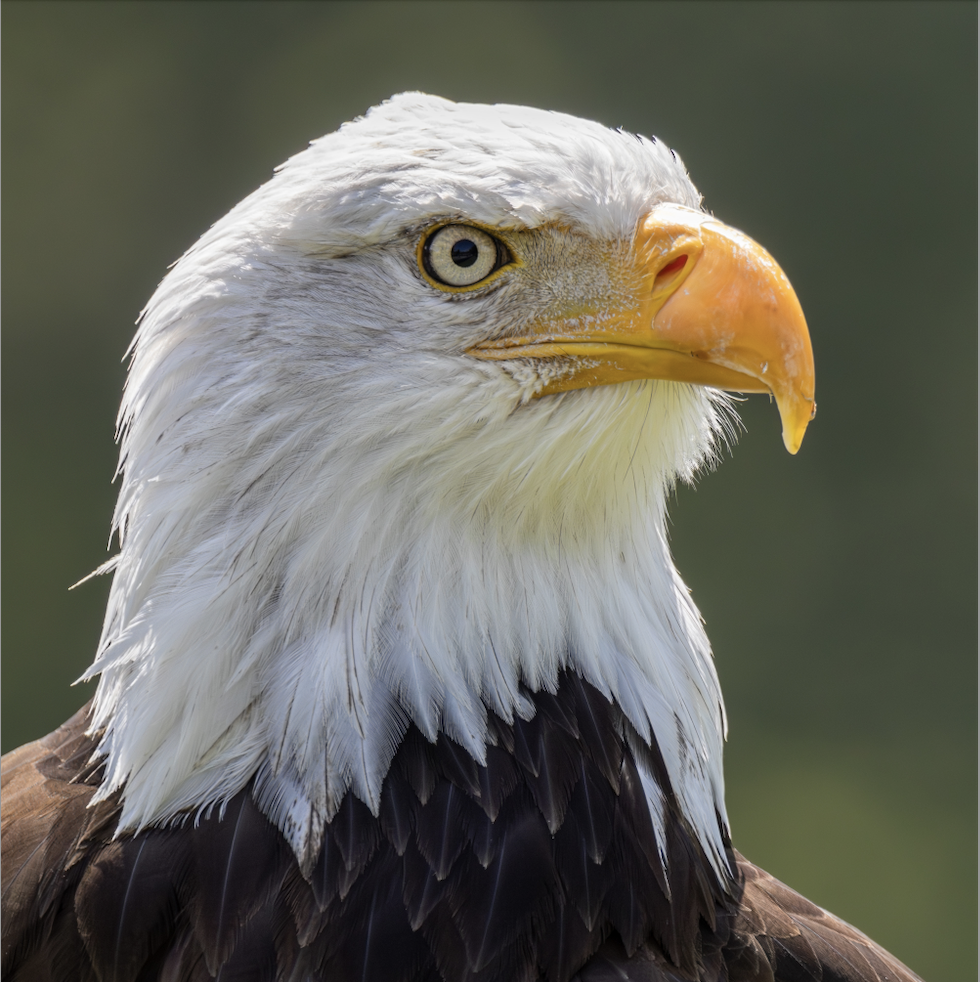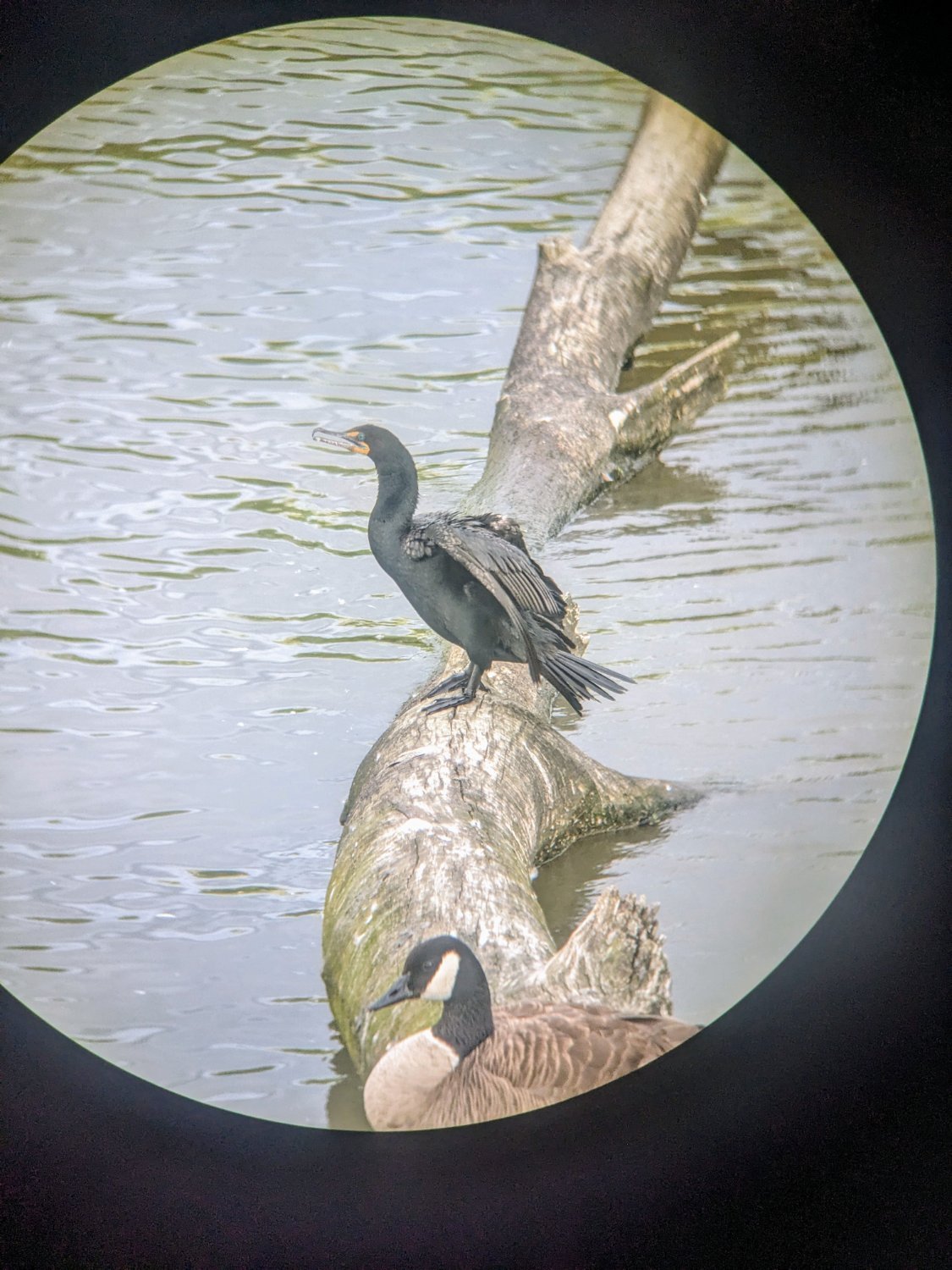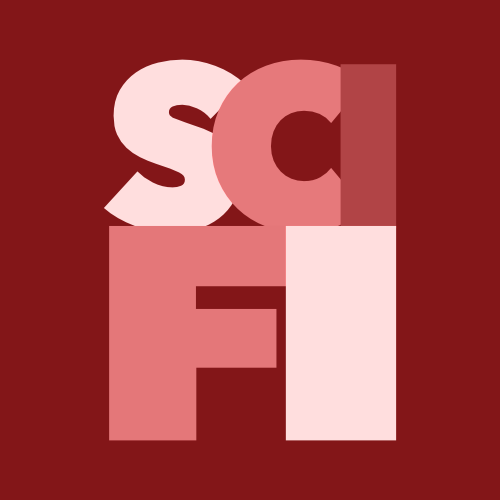

I did my first track workout on Thursday. Felt good so went for a run yesterday. Took some wrong turns (live in a new city) and ended up doing 15 miles. Today is supposed to be my long run but I might just do a recovery run because I’m so tired!


I did my first track workout on Thursday. Felt good so went for a run yesterday. Took some wrong turns (live in a new city) and ended up doing 15 miles. Today is supposed to be my long run but I might just do a recovery run because I’m so tired!


I tried that out and posted the picture in another comment in this thread (https://lemmy.world/comment/10346090). I think it’s better but I have some more to learn. Your photo is brilliant!


Thanks, that’s exactly how I took the photo. It was approaching sunset so I think the colors are a little yellow because of that and just how brown the river is. I adjusted the colors like the other comment suggested and I think it looks better:



Thanks, I’ve been practicing getting the focus sharp. It’s a tough battle between my phone’s autofocus vs manual bino adjustments and keeping the phone+bino stable. I still feel I have more work to do on that too.


I see cormorants all the time here too, I just loved how this one was screaming at something. On this walk, I saw only one cormorant but 60ish Canada geese (with a ton of goslings!), so the cormorant felt rare today. I also saw a blue heron but he flew too far away for me to get a good picture.
I would also recommend checking out salome. It has a parametric CAD module like you would be used to in SolidWorks. It felt a little less finicky to me than freecad , and I also think it has more controllable STL generation compared to freecad.


I think sometime went wrong with your KDE frameworks description. Looks like the some python notes got in there instead.
Love seeing all the updates! OpenSUSE has been working great for me.
I’ve been using SALOME to create parametric 3D geometry. My use case is to parameterize my geometry features and export to STL files that I use with OpenFOAM. SALOME is integrated with a couple of grid generators, and I really like it’s 2D/triangulation/STL integration with netgen. You can specify faces for refinement to a desired mesh size, so for example around complex features you can create a fine STL mesh and on simple shapes you can have a really coarse mesh.
I’ve found the 3D modeling to be pretty straightforward, and SALOME usually does a pretty good job if you have to go back and modify previous features (something I’ve struggled with in FreeCAD).
I’ve also used FreeCAD for mesh generation, and it works ok but I’ve found the triangulation leaves a lot to be desired for splitting up the mesh as needed for OpenFOAM boundaries.
If you’re making STL files for 3D printing and you want a parametric CAD modeler for engineering parts, give it a try. If you want complex faces with artistic style, I would suggest Blender.


I would also recommend checking out SALOME for 3D modeling. I’ve been using the shaper toolbox to create geometry for fluid simulations and it’s worked well for me. The shaper toolbox is parametric (as opposed to SALOME’s geometry toolbox which is not).
After you’ve created your geometry in shaper you switch to the mesh toolbox to create your stl file. I think there’s really good control over the triangle creations with SALOME. For example, you can specify edges and faces you want smaller triangles in (like around tight geometries, holes, etc). I’ve been able to get much higher quality stl files with this method than with freecad.
SALOME is free and open source software.


I haven’t read that one yet. I’ll have to check it out soon!


I had heard that colour of magic was hard to start with, which is why I went with guards guards and mort. I just love the characterization of ankh morpork. I’ve been mixing other books in-between so I don’t burn out on Pratchett’s writing style, and it’s been good.


I’m finally getting into both discworld and culture. I’ve read a number of other discworld books before, two of the night watch, mort, I think another I don’t recall right now. Now I’m reading The Colour or Magic. It’s enjoyable but I’m finding I’m going a little slower on it than the others.
I also have the second culture book, Player of Games, ready to go when I finish the discworld book. I really liked how bonkers Consider Phlebas was (felt like a constant stream of chaos for the crew).


I recently read and really enjoyed Psalm for the Wild Built by Becky Chambers. The book is more of a solarpunk future with a heavy focus on the characters. It’s pretty short too! All takes place on a single planet, felt very grounded after I just finished with a Culture book.


I’ve had a couple jobs with RHEL workstations, and the university I went to had RHEL workstations too. Not sure what their market share is compared to canonical, but they definitely have a bunch of deployments on desktop.
Recently I used SALOME for doing CAD. The Shaper work bench has parametric modeling with the sketches that you extrude or cut from. I found it powerful and easy enough to use that I replaced my freecad workflow with it. The big thing that sold me over freecad was the simplicity of creating more complex triangulations for stl export, and easily grouping faces for export into different files.
I haven’t tried any complex surface creation, I wouldn’t be surprised if it falls short in that regard. I guess feature wise it probably doesn’t have everything freecad or fusion 360 has, but I found it works great for my needs. Great for 3d printing and geometry creation for CFD simulations.
Distrobox looks really interesting. Do you know the memory or CPU overhead for using it? I have older hardware. Will distrobox perform well on it? Thanks.


Vim for light work, emacs when I need more ide features. I program mostly in fortran, c , c++, and bash on remote servers.
Wow I haven’t read a good chunk of this list, and I thought I was a sci-fi book afficionado. Thanks for adding to my summer reading list! Might start with either Parable of the Sower or Never Let Me Go.